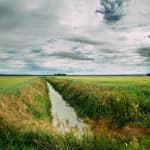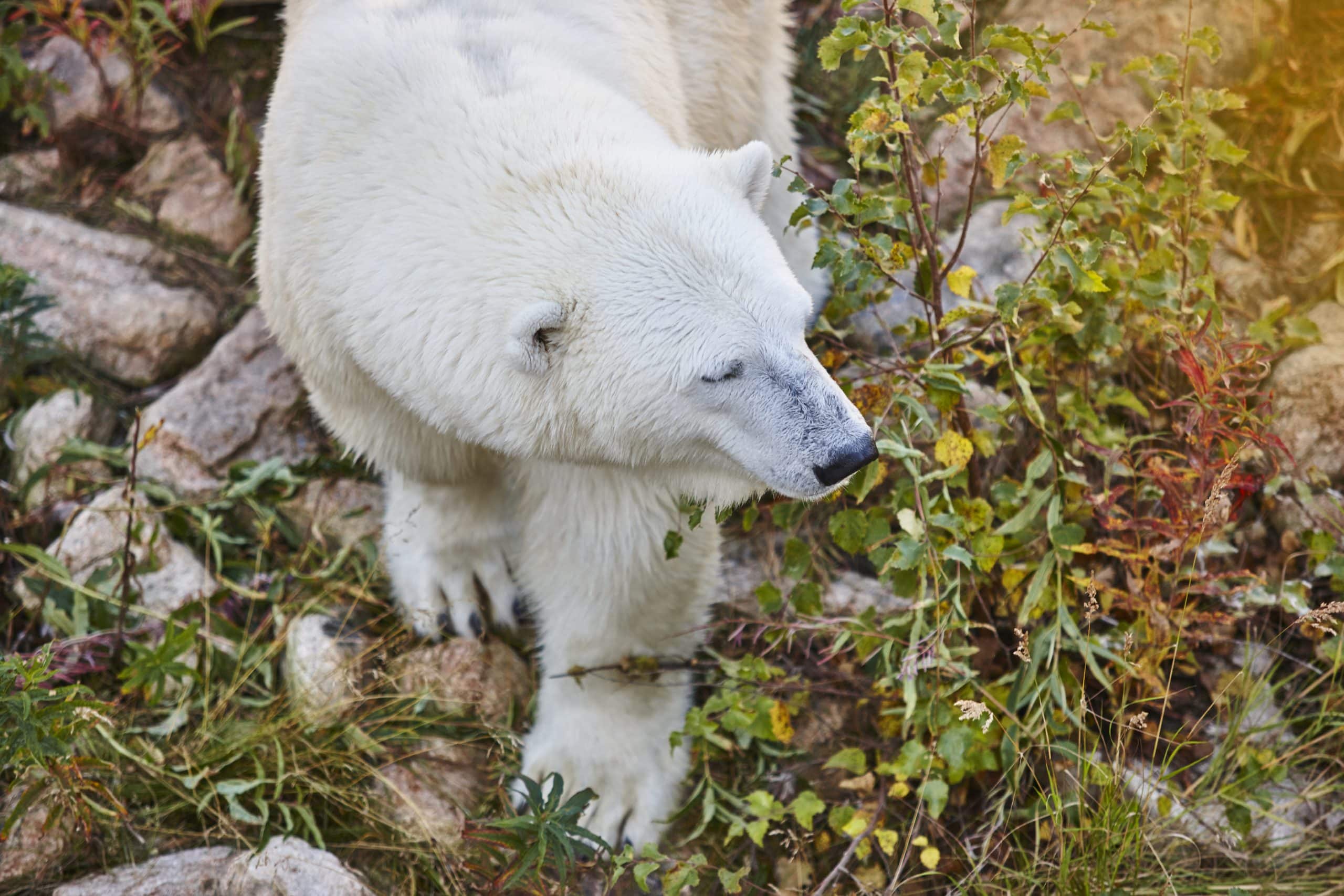In the face of a world that’s constantly changing, it’s important for us to nurture and maintain the precious biodiversity we are privileged to encounter in our local landscapes. The wildlife that enriches the verdant realms of the UK countryside is a testament to the country’s rich natural heritage. Nonetheless, it’s a sad reality that many of these species are under threat, their habitats increasingly encroached upon by human activity and climate change.
As citizens and stewards of the Earth, we need to take a stand and ensure that we employ the best strategies to protect and preserve our wildlife. This article seeks to provide you with an informative guide on how we can best achieve this, highlighting key strategies in conservation, management, support, and more.
A lire en complément : How to Create a Personal Development Plan for Career Growth in the UK?
The Importance of Local Support and Involvement
Active involvement and support from local communities play a crucial role in wildlife conservation. Their intimate knowledge of the landscape, its flora, fauna, and the complex relationship between them, provides a unique perspective that can help guide conservation strategies. The local community, after all, shares its space with wildlife – they are the everyday witnesses to the triumphs and trials of the species that inhabit their land.
Local support can take many forms, ranging from volunteering in local conservation projects, to advocating for the protection of wildlife in public and policy-making platforms. It’s about fostering a deep respect and understanding for the wild animals that share our habitat, and working together to ensure their survival.
A lire également : Can Vertical Hydroponic Farms Meet Urban Demand for Fresh Produce?
The Role of Forestry Management
Forestry management is a pivotal aspect of wildlife conservation, shaping the woodland and natural landscapes that the wildlife calls home. It involves a variety of tasks, including planting and felling trees, controlling pests, and managing access to forests to minimise disturbances to the animals.
One principle that guides forestry management is the idea of ‘sustainable forestry’. This means ensuring the survival and health of the forest ecosystem while providing social and economic benefits to people. It’s about understanding the delicate balance between human needs and the needs of the animals, and finding ways to achieve both without compromising the other.
Land Access and Habitat Preservation
Preserving the habitat of wildlife species is arguably the most direct approach to their conservation. Habitat loss is a major threat to biodiversity, and ensuring that wildlife has access to the land they need to thrive is essential.
This involves a variety of measures, such as setting aside protected areas where human activity is restricted, implementing land-use policies that consider wildlife needs, and restoring habitats that have been degraded. It’s not just about preserving existing habitats, but also creating new ones where necessary to support the survival and growth of wildlife populations.
Wildlife Management and Species Conservation
Given the myriad threats facing wildlife, active management of species is often necessary to ensure their survival. This can involve a range of strategies, from population monitoring and research, to interventions like breeding programmes and translocation.
Species conservation also involves educating the public and raising awareness about the importance of wildlife and the threats they face. People are more likely to support conservation efforts when they understand the value of wildlife and the critical role they play in maintaining the health of our planet.
Adapting to Change and Building Resilience
The world is not static, and neither is the environment. Climate change, land-use change, and other global phenomena are altering the conditions that wildlife has adapted to over millennia. As such, it’s critical that our conservation strategies also evolve and adapt to these changes.
Building resilience in our wildlife populations is a key part of this. This can involve measures like creating wildlife corridors to facilitate the movement of species as their habitats change, and implementing adaptive management strategies that can be adjusted as conditions change. After all, the survival of wildlife hinges not only on our actions today but also on our ability to anticipate and adapt to the challenges of tomorrow.
The Influence of Land Management and Natural England
Appropriate land management plays a vital role in the preservation of wildlife in the UK countryside. Land management refers to the practices and strategies employed in the use and care of land resources, such as soil and water. These practices can directly impact the health of wildlife populations, influencing factors like food availability, water quality, and habitat stability.
A key player in this area is Natural England, a government advisory body dedicated to protecting England’s natural environment. They work in tandem with landowners, the Forestry Commission, and other key stakeholders to establish guidelines and regulations for land use that takes into account the needs of wildlife and the larger ecosystem.
For instance, their initiatives may involve implementing sustainable farming practices that enhance biodiversity, or promoting the creation of green spaces that can serve as habitats for wildlife species. They also work on restoring degraded habitats, with a focus on those that are home to protected species.
Furthermore, Natural England plays a crucial role in decision making and policy formulation, working to ensure that wildlife concerns are taken seriously at all levels of government. Through their efforts, they foster a culture of respect for wildlife and help to facilitate their recovery.
The Vital Contributions of Wildlife Trusts and Cutting Edge Strategies
In addition to governmental bodies, there are numerous non-profit organizations, such as wildlife trusts, that are dedicated to wildlife conservation. These trusts manage thousands of nature reserves across the country, providing vital habitats for a myriad of species. They also engage in active conservation work, which can involve everything from monitoring species populations to implementing recovery plans for threatened species.
Moreover, wildlife trusts play a crucial role in public education and engagement, hosting events and programs that aim to foster a greater appreciation for wildlife and the natural world. They understand that people are more likely to respect and protect wildlife when they understand their value and their role in the ecosystem.
In recent years, a number of cutting edge strategies have been adopted to bolster wildlife conservation efforts. These include the use of technology, like remote sensing and drones, to monitor wildlife populations and habitats. There’s also a growing focus on ‘rewilding’ – the process of restoring ecosystems to their natural, self-regulated state, allowing nature to take care of itself.
Conclusion: Embracing a Future where People and Wildlife Thrive
In conclusion, wildlife preservation in the UK countryside requires a multi-faceted approach that involves a variety of strategies. From the support of local communities and the active management of species, to the collaboration of governmental bodies like Natural England and non-profit organizations like wildlife trusts – everyone has a part to play.
Furthermore, it’s clear that adapting to climate change and building resilience in wildlife populations will be a key challenge moving forward. As such, our strategies will need to evolve, harnessing cutting edge technologies and innovative ideas like rewilding.
Yet at the heart of all this is the relationship between people and wildlife. For our conservation efforts to succeed, it’s imperative that we foster a deep respect and understanding for the wildlife that shares our habitat. After all, the survival of these species is not only about preserving the richness of the UK countryside; it’s about ensuring the health of our planet as a whole.
As we move forward, let’s strive for a future where both people and wildlife can thrive – one that’s characterized by green spaces, clear waters, and the harmonious co-existence of all species. After all, our actions today will determine the world we leave for the generations to come.











